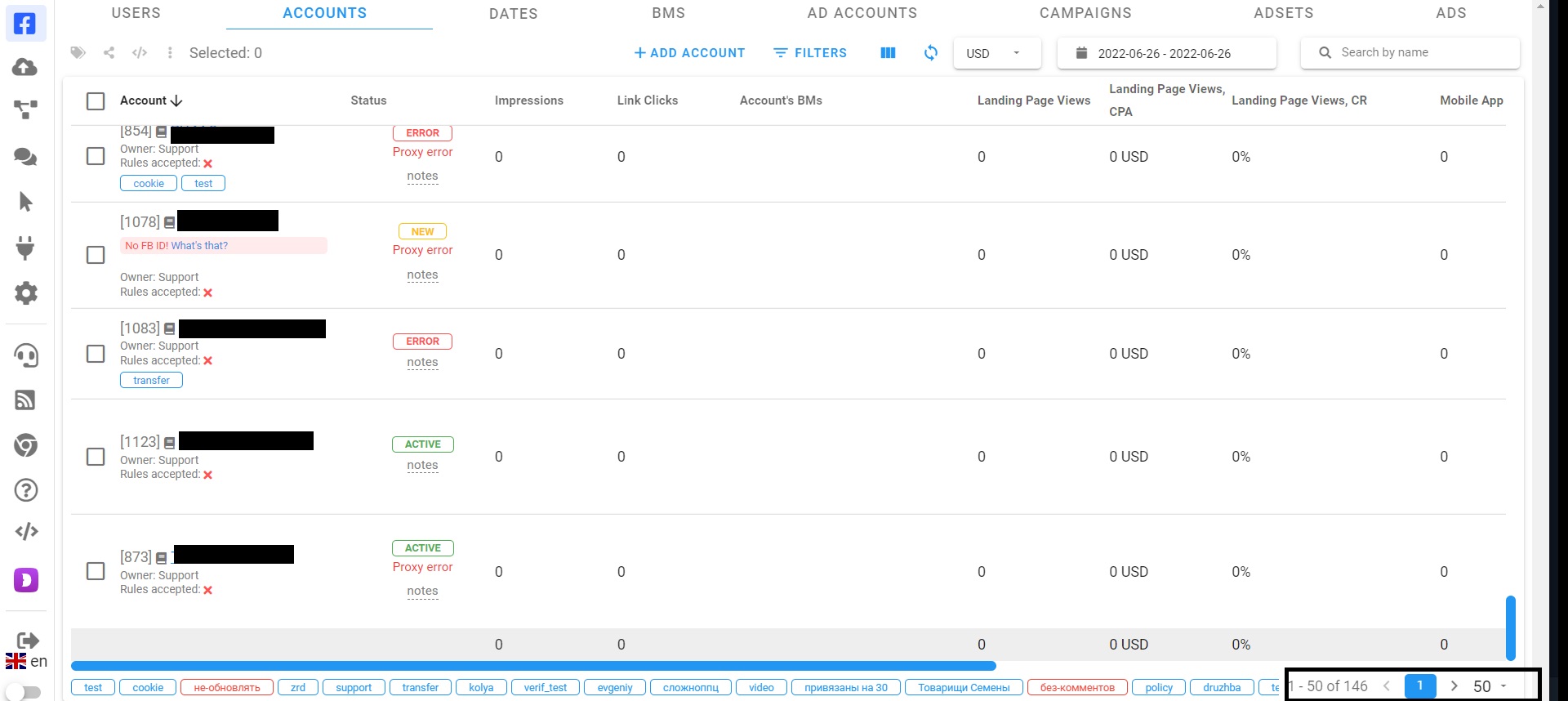In “Branded Videos – We all want one,” my article last week, I discussed some of the top ranking viral videos on the web and what makes them so effective. Of course the majority of those companies have tens of thousands of dollars to spend towards their production budget. However, most of us in the internet marketing industry aren’t awarded with those kinds of allowances.
Given the rise of well-produced online video, it can seem a daunting task to get started, let alone right without spending a fortune. But not to fret, there are some seriously good tools and a few easy tricks that can assist you in producing impactful pitch videos quickly and inexpensively.
1. Script
True, there aren’t any tricks so much here, however there are a few tools out there that makes this more traditional approach easier than it once was.
A well written script is the basis for any successful pitch in whatever media platform you choose, so make sure you take your time and get this part right. Like all sales related copy-writing you want your script to accomplish the following:
1. Catch the viewer’s attention
2. Deliver the pitch in an easily understandable manner
3. Keep the viewer engaged
This equates to keeping things simple, speaking in a personal yet relatable tone and always ending with a call to action. This also means keeping it short. Indiegogo did a study that showed a higher conversion rate for pitch videos that were less than five minutes long.
-
53% of campaigns that reach their goal have a pitch video that is under three minutes long.
-
87% have a pitch video that is under five minutes long.
In my experience I have found that a simple problem-solution format is often the most effective way to format a script. Your outline might look something like this:
-
Present a common problem that your typical target audience is experiencing
-
Explain how your product will help to fix their problem
-
List out all the benefits that your product (this in conjunction with numbers 1 and 2)
-
Give the run-down of costs associated with your product
-
Present a call to action to the viewer
Try writing your script in Google docs, and then sharing it with a select group of people, whether that be colleagues or just others that can relate to your business goals. Ask them for input and ideas, this will give you the advantage of a focus group.
2. Record
Many pitch products of late aren’t full action videos, but either simple text only powerpoints or animated short productions. Either route you choose you will need a voice over track.
These can either easily be laid down by yourself (with just a little know-how and possibly some YouTube searches to gain a little insight), or they can be easily outsourced. Places such as voice123.com, fiverr and even craigslist are all brimming with talented voices that would be happy to lend you a hand (for a fair price of course).
If you do chose to go the DIY route, keep these tips in mind:
-
Always record with a decent microphone
-
Record in a quiet, echo free zone (no one wants to think you are pitching your product from your bathroom)
-
Read through your script a few times prior to hitting that record button – it will save you tons of time when it comes to editing
-
Relax! If you are tense – then more than likely you are going to sound tense.
-
Let the passion you have for your product shine through your voice. In other words you don’t want to come off sounding like the teacher in Ferris Bueller’s Day Off “Bueller, Bueller, Anyone, Anyone”
Where to record and how? There are several free voice only recording tools out there, including GarageBand from Apple, or Mixcraft (14-day trial) for Windows. My recording options of choice are either Audacity (a free audio only tool) and Camtasia (put out by TechSmith). Both of them are pretty simple both to record and edit with. Camtasia of course has a huge support library that will help even the most technology averse person.
3. Visuals
This is where many people seem to fall down or just plain give up. But before you throw in the towel too fast I would suggest re-reading your script again (not like you don’t already have it memorized by now if you did the voice over yourself) and sketch out a simple storyboard. How will each scene play out? What will best visually convey your message?
Once you have those completed, it’s time for the fun part – hunting down all the visual elements that make up your storyboard.
Here are a few places to start your search:
-
istockphoto – great resource for stock royalty free images, video and sound clips alike. They offer a pay as you go program that allows you to load your account with as many credits as you think you might need. Images range anywhere from 4 credits to 30+ credits a piece. Search for your keywords and use the slider scale for $$ on the left side of the site. This will keep you from getting your hopes up over an image that is way out of your price range.
-
Screen captures – If you are looking to show your viewers live screen captures, either video or stills Camtasia, Snagit, and Jing are great programs developed just for this purpose.
-
Doodles – We have all seen those cool animation pitches out there but unless you are a naturally gifted animator or personally know one willing to spend tons of time drawing illustrations for your video you are thinking that type of video is out of reach. No so. Powtoon is a relatively new web based service that allows you to create and edit your toon style video fairly easily. If you have ever created a powerpoint video you will surely fill right home with Powtoon’s interface. The service is relatively inexpensive compared to hiring an illustrator!
-
Live action – In some situations, using live video can be the most effective way to present yourself. If that’s the case, borrow a video camera or buy a Flip cam(currently $70 on Amazon) and start shooting. Just make sure you pay attention to the lighting, speak in a loud, clear voice and drink a few energy drinks beforehand.
4. Edit
Now it’s time to pull all the pieces of this wonderful (sometimes confusing) puzzle together. During this step you will be able to add more inflection, transitions, motion, and bells and whistles (if you so wish). The pros use either Adobe After Effects or Sony Vegas but here are a few cheaper less daunting choices:
-
iMovie (Mac)
-
Camtasia (my personal favorite – Windows)
-
Powerpoint (can be used in conjunction with the two above)
-
Screenflow (Mac)
All of these options are pretty easy to use – they all like Camtasia include tons of tutorials and help videos. Again, if you should get stuck the best help videos out there sometimes are easy to find on good ole YouTube.
For text only videos (like seen in most of OfferVault’s own pitch videos) are easily done with a combination of PowerPoint and Camtasia. First create your slides in PowerPoint using an easy to read standard text. Then either using PowerPoint’s Camtasia record plug-in or by simply recording the screen while your audio portion plays in the background. Finally pull both your audio file and your recorded screen capture into Camtasia to edit. Viola it’s that easy.
5. Render and Publish
Once you are happy with your completed video you must then render your working file into a playable file. Most video editing programs will allow you to adjust your video settings before rendering, this gives you the opportunity to select a file type and adjust the size and quality. If you’re planning on hosting your video on YouTube, experts suggest exporting your video in MPEG-4 format, ideally in high definition (1280×720 or higher).
Once your video is rendered, it’s important to watch it all the way through at least once. Call this the final quality control check.
Next it’s time to publish that puppy! You can of course upload your video to YouTube or any of the other paid sites such as Wista. You will want to make sure to add the following:
-
A Good Title – Obviously your brand name should be in the title. You might want to include a value statement as well.
-
Description – Describe the value and benefit of your service, keeping your target audience in mind.
-
Tags – Think of tags as keywords for video hosting sites. What keywords will get people to find your video?
That’s it you are done. All in all you should expect to spend less than about $100 to accomplish the above (of course if you go hog wild and buy new video and audio equipment you can expect that amount to rise).
Try to have fun with the process and not let any part of it bog you down. It’s just technology not rocket science. (HA!)
Do you have any video tricks that you would like to share? Tell us all about them.





That was a great article. Great hint about Craigslist, I’ve seen similar ads on EuropeGiant as well at http://www.europegiant.com/ voice123.com seems to be the best out of the 3 though. The internet is full of anything really.